With the emergence of new consciences in the 21st century, we have begun to give more value to human and animal life. Today we are more demanding consumers when it comes to products we buy, and for a good reason. We look for products that do not involve animal cruelty, avoiding certain substances, or certain stages in the manufacturing process of a product.
To help us, Non-Governmental Organisations (NGOs) such as People for the Ethical Treatment of Animals (PETA), The Vegan Society Trademark, European Vegetarian Union (EVU), among others, have created certifications and labels corresponding to specific criteria, in order to inform the final consumer about what they are buying.
Although there is a lot of information and publicity about issues of this nature, there are questions that naturally arise, such as: Isn’t Cruelty-Free and Vegan the same thing?
Not really. These are two very different concepts. Let’s see what each one means!
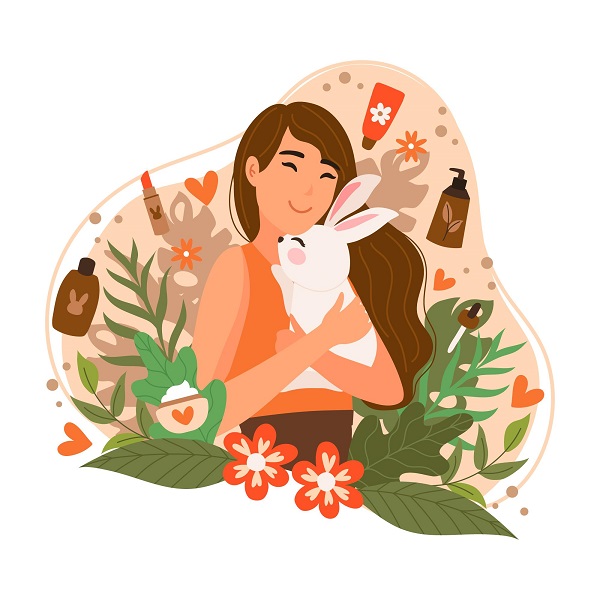
The term means that no tests were carried out on animals. In other words, it tells us that, from the suppliers of the ingredients, to the final product, and until it is put on the market, at no time have tests been carried out on animals.
And by tests carried out on animals, we mean: any sort of testing involving animals, whose purpose is to obtain a result, whether for medicine, cosmetic or chemical substance action, and may even involve experiments carried out without anaesthesia.
For a given product to be considered “Cruelty-Free”, it is not a question of whether its ingredients are of animal origin, but only whether they are not tested on animals at any stage of their manufacturing process.
This is the one that raises the most doubts, as it is the most comprehensive and most easily manipulated. The concept means, on one hand, that no ingredient that makes up the final product is made from animals or their secretions.
In cosmetics and hygiene products it is common for companies to use countless ingredients of animal origin, which in addition to the most obvious ones such as Milk and Eggs, also include ingredients such as: Glycerin (which is extracted from animal fat), Lanolin (which is a derivative of wool), Beeswax/Honey, and even Collagen (which is produced from cattle).
The concept of “Vegan” should, in principle, assert that the product does not involve any form of animal exploitation, which obviously includes animal testing. However, this can only be guaranteed in the case of a commercial product when accompanied by labels such as the Vegan Trademark from VeganSociety or the V-Label International. These labels only consider a product to be Vegan if it does not contain any animal products and has not been tested on animals at any stage of the production process.
Some companies and/or producers create their own non-certified “Vegan” labels based on their own arbitrary criteria which may cause mislabelling, leading the final consumer into error, hence the importance of certification.
As we can see, keywords such as “Cruelty-Free” and “Vegan” are often used in marketing (sometimes only out of ignorance) in order to mislead the final consumer if they are not accompanied by the respective labels they represent.
This becomes dangerous because, for example, the concept “Cruelty-Free” can be flexible, since companies can claim, on their websites and products, that they do not test their ingredients or final products on animals, with the exception of when they are required to do so to abide by the law of the country where they want to sell the product, as for example, in China.
Many brands are not ‘cruelty-free‘ due to markets such as China requiring products to be tested on animals before they can be sold in the country. Needless to say, that country represents a large share of sales for cosmetics companies and beyond. Unfortunately, many brands are not interested in losing that slice.
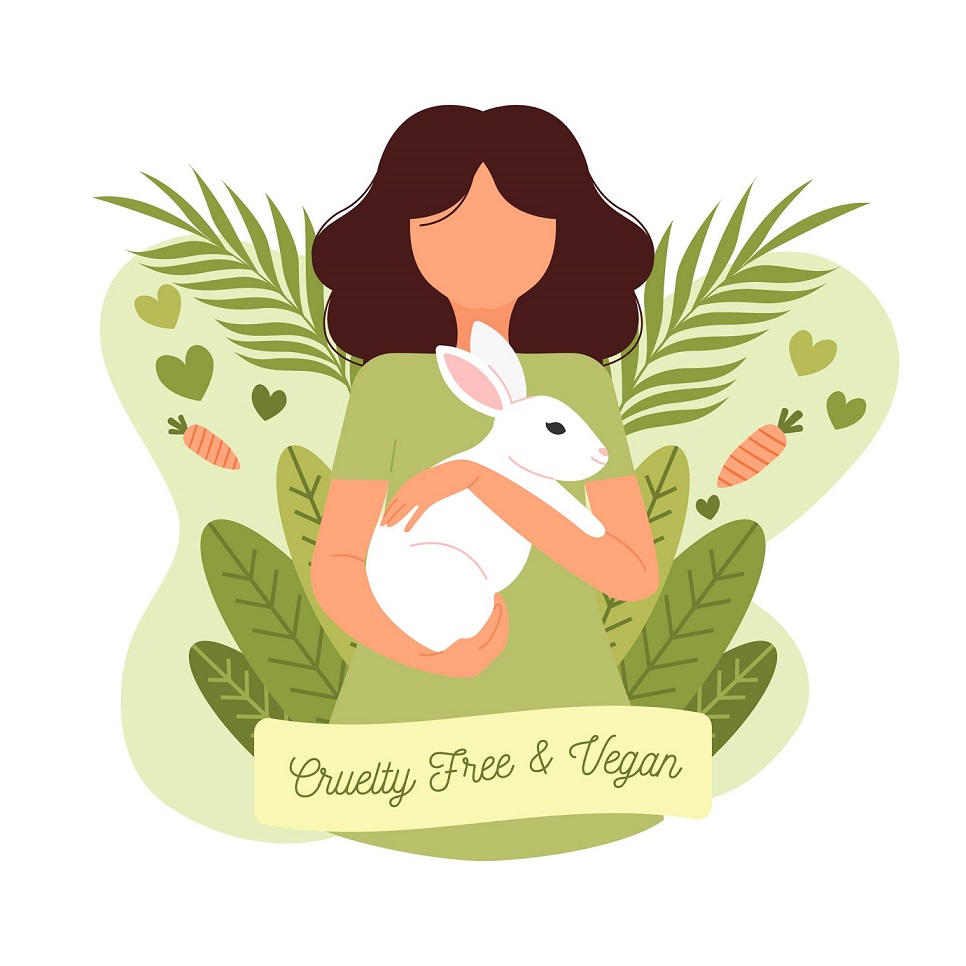
It’s simple: before putting a product in your shopping cart, it’s important to look closely at the label or packaging and look for official symbols such as:
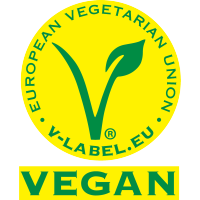
It is the most well-know vegan label throughout Europe and worldwide, and was created by the EVU(European Vegetarian Union). This certification guarantees that the product does not contain animal ingredients, that it wasn’t tested on animals, and that it’s GMO-free. More information is available at V-Label.
This guarantees not only that the product has no animal ingredients, but also that it has not been tested on animals, and again, that it does not contain any GMO ingredients (adapted from the official website of The Vegan Society).
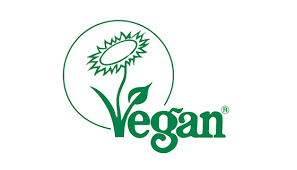
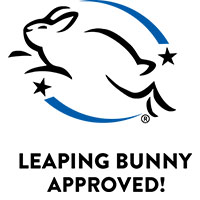
This label, given by Cruelty-Free International, assures us that the Company does not conduct, shall not conduct, commission or be a party to animal testing of any cosmetic, including the formulations and ingredients of such products. (Adapted from Leaping Bunny Program.)
Cruelty-Free Certification from PETA (People for the Ethical Treatment of Animals).This label suggests a product is vegan and cruelty-free but it should be taken with a grain of salt, because PETA does not audit any company, and there is no rigorous control of whether the company is actually stating the truth.
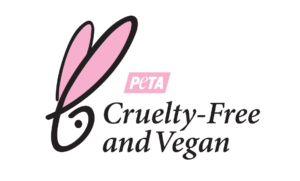
Whatever the symbol/certification, it is important to ensure that it’s an official one and that it represents the application of real and effective criteria. There are products that, in order to seduce consumers, forge symbols and logos that have no real value or meaning.
We can go shopping with the information of what is safe to buy! There are several official product lists that guide your purchasing of vegan and cruelty-free cosmetics, such as:
Leaping Bunny | https://www.leapingbunny.org/shopping-guide
Peta | https://crueltyfree.peta.org/
The Vegan Sociaty | https://www.vegansociety.com/search/products/numbers
And even lists of alternative ingredients to animal ingredients, such as:
Caring Consumer | https://caringconsumer.com/ingredient-fact-sheet/
The concepts Cruelty-Free and Vegan are not the same thing! Insofar as “Cruelty-Free” products are only those that do not involve animal testing in order to be placed on the market.
The term Cruelty-Free is debatable for many, as “cruelty-free” products, as the term suggests, may still contain raw materials that involved the exploitation and/or killing of animals. This is further compounded by the fact that they are sometimes just empty marketing words that are used to sell in a growing niche market.
Vegan” products, on the other hand, are those which, in addition to not containing any ingredients of animal origin, also do not carry out tests on animals, provided they are duly certified.
![[:en]What is the difference between Cruelty-Free and Vegan products? [:pt]Qual a diferença entre Produtos Vegan e Cruelty-Free?[:] 1 crueltyfree vegan differences products](https://www.vegancarecosmetics.com/wp-content/uploads/2021/03/crueltyfree_vegan_differences_products-870x470.jpg)
